Bamboo, a plant of remarkable versatility and strength, has captured human fascination for centuries. Its origins, deeply rooted in various corners of the world, offer a captivating narrative of nature’s ingenuity. Join us on a journey to explore Where Is Bamboo From? Where does Bamboo Grow Naturally? and delve into the global significance of this remarkable plant.
Contents [hide]
1. Where is bamboo from?
Bamboo is native to various parts of the world, and it has a wide distribution across different continents and climates. Here are some regions where bamboo originates from:
- Asia: The majority of bamboo species originate from Asia, particularly in countries such as China, India, Japan, Indonesia, Thailand, and the Philippines. Bamboo has been deeply ingrained in Asian cultures for centuries and holds great cultural and economic significance.
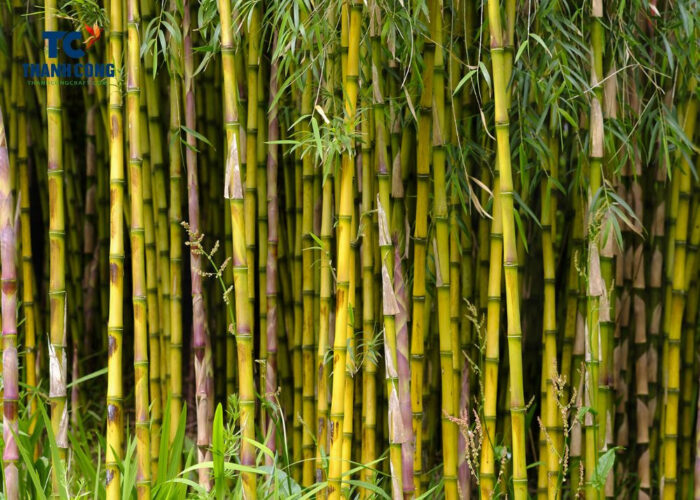
- Africa: Bamboo is also native to parts of Africa, including countries like Ethiopia, Madagascar, and Cameroon. African bamboo species often thrive in tropical and subtropical climates.
- South America: Several bamboo species are native to South America, with countries like Brazil, Ecuador, and Colombia being home to diverse bamboo varieties. The Amazon rainforest region is known for its rich bamboo biodiversity.
- Central and North America: Bamboo can also be found in parts of Central and North America, including regions of Mexico and the United States. Some bamboo species have become invasive in certain areas.
- Australia: In Australia, bamboo is native to the tropical and subtropical regions of the country. It is an important plant for various purposes, including erosion control and habitat restoration.
The exact origin of bamboo is difficult to pinpoint due to its wide distribution and adaptability to different environments. Bamboo’s ability to grow in various climates and soil conditions has contributed to its global presence.
2. Where does Bamboo Grow Naturally?
Where did bamboo originate from? Bamboo is a type of grass that grows in many regions of the world, especially in Asia, Africa and Latin America. It can tolerate a wide range of climates and altitudes, from tropical rainforests to high mountains. Bamboo is one of the fastest-growing plants on Earth, with some species reaching up to 36 inches in 24 hours. Bamboo has many uses, such as building materials, food, paper, furniture and crafts.
Bamboo has a native range from 47 °S in southern Argentina and the beech forests of central Chile, through the South American tropical rainforests, to the Andes in Ecuador near 4,300 m (14,000 ft), with a noticeable gap through the Atacama Desert. It also grows in the tropical and subtropical regions of Asia and Africa, extending as far north as the southern United States or central China, and as far south as Patagonia. It also grows in northern Australia.
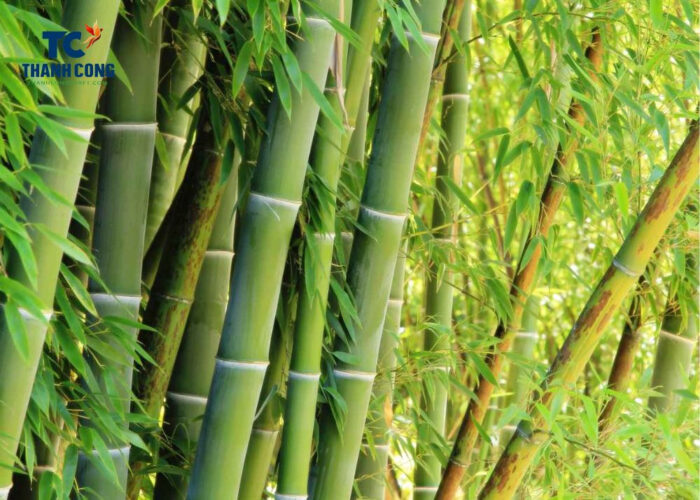
According to Guadua Bamboo , bamboo is naturally found as secondary vegetation in forests, but in some cases, they are the dominant vegetation type. Such is the case in northeast India where bamboo covers many thousands of square kilometers, and on the mountainsides of eastern Africa.
3. The astonishing diversity of bamboo
Bamboo is one of the most versatile and adaptable plants in the world. It can grow in a variety of climates, from tropical to temperate, and can reach heights of up to 40 meters. Bamboo has over 1,400 species, each with its own unique characteristics and uses.
Some bamboos are woody and strong, suitable for building and furniture. Others are soft and flexible, ideal for weaving and crafts. Bamboo can also be used as a source of food, medicine, paper, fuel, and even musical instruments.
Bamboo is not only a valuable resource for humans, but also a vital part of many ecosystems. It provides habitat and food for many animals, such as pandas, lemurs, and gorillas. Bamboo also helps prevent soil erosion, conserve water, and sequester carbon dioxide. Bamboo is truly a remarkable plant that deserves our appreciation and respect.
4. Bamboo by climate: Tropical and temperate
Bamboo, with its unparalleled adaptability, seamlessly spans the globe’s diverse climates, from the lush tropics to the more temperate zones. This remarkable plant showcases distinct characteristics based on its surroundings, giving rise to the intriguing divide between clumping bamboo of the tropics and the running bamboo that thrive in cooler climates.
4.1. Clumping Bamboo of the Tropics
In the tropical regions, bamboo adopts a clumping growth pattern, where multiple culms arise closely together from a shared rhizome. This tightly-knit arrangement forms elegant clusters, fostering a sense of unity within the dense foliage. These clumps often create verdant oases in the midst of tropical landscapes, providing shelter and sustenance to an array of wildlife.
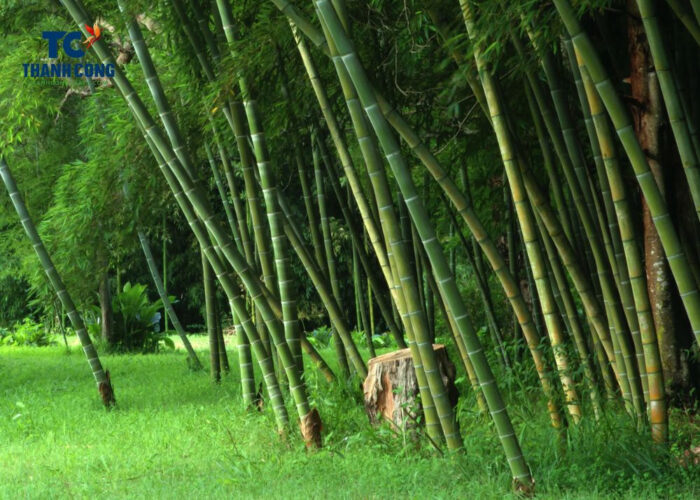
4.2. Running Bamboos from Cooler Climates
Contrastingly, in cooler and temperate climates, bamboo takes on a different strategy. Running bamboos, equipped with their extensive network of rhizomes, explore and spread, adapting to varied terrain and weather. These bamboos journey across landscapes, intertwining stories with the changing seasons, and delighting with their tenacious spirit.
5. Bamboo by continent and country
Bamboo, a botanical marvel celebrated across the world, weaves its enchanting story through continents and countries. Each region’s climate, culture, and landscapes shape bamboo’s journey, creating a captivating tapestry that reflects the plant’s adaptability and significance. Let’s explore how bamboo flourishes in various corners of the globe.
5.1. Bamboo in Africa
In Africa, bamboo adds a unique rhythm to its landscapes. Countries like Ethiopia, Madagascar, and Cameroon nurture bamboo species that thrive in diverse ecosystems, enriching the soil and providing habitat for countless species. This resilient plant supports livelihoods and traditions, offering materials for construction, crafts, and even culinary delights.
5.2. Bamboo in the Americas
In the Americas, bamboo’s presence is a symphony of biodiversity. From the Amazon rainforests of Brazil to the coastal regions of Ecuador and beyond, bamboo’s versatile forms contribute to ecological harmony. South American nations cherish bamboo as a source of shelter, food, and artistic expression, showcasing the intertwined relationship between nature and culture.
5.3. Bamboo in Asia
Asia stands as the birthplace of bamboo diversity, with China, India, and Japan as cradles of its evolution. From the towering Moso bamboo in China to the intricate bamboo craftsmanship of Japan, Asia’s embrace of bamboo extends through traditions, architecture, and cuisine. This continent showcases the breadth of bamboo’s utility, from structural support to artistic inspiration.
6. Fun Bamboo Facts
Bamboo, with its enigmatic allure, holds a treasure trove of fascinating facts that spark wonder and curiosity. Let’s delve into the captivating world of bamboo’s mysteries and marvels.
6.1. The Most Widespread Bamboo
Among the diverse bamboo species, one claims the title of the most widespread. The Giant Bamboo, or Dendrocalamus giganteus, has charted its course across Asia, from India to China, creating verdant landscapes that stretch across countries. With its towering presence and impressive girth, this bamboo stands as a testament to nature’s expansive canvas.
6.2. The Mysterious Flowering Cycles of Bamboo Plants
Bamboo’s flowering cycles unfold like an enigma, with some species taking decades or even centuries to bear flowers. This sporadic phenomenon, known as “gregarious flowering,” mystifies scientists and captivates observers. When a bamboo species flowers, it triggers a cascade of events, from the feast of animals to the eventual decline of the plant itself. This enigmatic behavior continues to intrigue and inspire exploration.
6.3. Exotic Bamboo Around the World
From the delicate Fargesia nitida of China to the dramatic Borinda species of the Himalayas, bamboo’s global tour of diversity showcases an exotic ensemble of colors, textures, and forms. In Japan, the towering Madake bamboo commands attention, while in South America, the Bambusa tulda dances with grace. These exotic bamboos bring splendor to landscapes and testify to the plant’s ability to adapt and mesmerize.
7. What is bamboo used for?
Bamboo is an incredibly versatile and renewable resource that has a wide range of uses across various cultures and industries. Some of the common uses of bamboo include:
- Construction: Bamboo is often used as a building material for various structures, including houses, bridges, scaffolding, and furniture. It’s known for its strength, flexibility, and lightweight, making it an ideal choice for construction in many regions.
- Furniture and Home Decor: Bamboo is crafted into various types of furniture, such as Bamboo Cups Wholesale, Bamboo Basket Wholesale, bamboo chairs, bamboo tables, bamboo cabinets, and bamboo shelves. It’s also used in the production of home decor items like lampshades, blinds, and rugs.
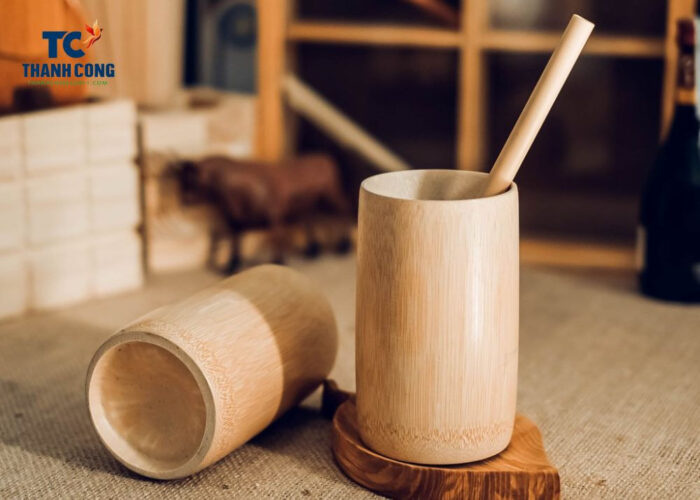
- Crafts and Art: Bamboo can be woven, carved, and shaped into intricate patterns, making it a popular choice for traditional crafts and artworks. Items like bamboo baskets, bamboo mats, sculptures, and musical instruments (such as bamboo flutes) are often made from bamboo.
- Textiles: Bamboo fibers can be processed to create fabrics that are soft, breathable, and moisture-wicking. Bamboo textiles are used to make clothing, bed linens, towels, and other textile products.
- Paper: Bamboo pulp can be used to produce paper and other paper-based products. Bamboo paper is considered to be more environmentally friendly compared to traditional wood-based paper production, as bamboo grows much faster and requires less water.
- Culinary Use: In many Asian cultures, bamboo shoots are a common ingredient in various dishes. They are nutritious and have a mild, slightly earthy flavor. Bamboo steamers are also used in cooking to prepare traditional dishes like dim sum.
- Gardening and Landscaping: Bamboo is sometimes used in landscaping to create natural fences, screens, and decorative elements. Its rapid growth and dense foliage make it a popular choice for creating privacy barriers and defining outdoor spaces.
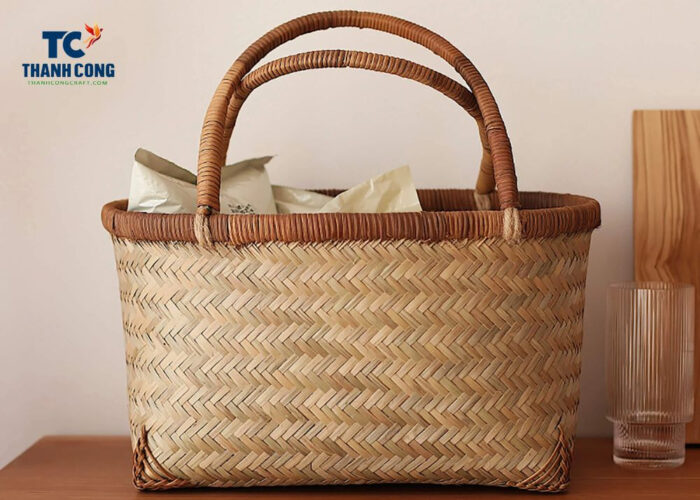
- Energy Production: Bamboo can be converted into biofuels, such as bamboo charcoal, which can be used for cooking and heating. Additionally, some regions utilize bamboo for biomass energy production.
- Erosion Control: Bamboo’s extensive root system helps control soil erosion and stabilize slopes. It’s often planted along riverbanks and hillsides to prevent soil degradation.
- Medical and Traditional Uses: In some traditional medicinal practices, bamboo extracts and components are used for their potential health benefits. For example, bamboo leaves and sap are believed to have therapeutic properties in certain cultures.
- Environmental Benefits: Bamboo plays a role in carbon sequestration and can be used for reforestation efforts. Its rapid growth and ability to thrive in various climates make it a valuable resource for combating deforestation.
Above is the answer to the question: Where Is Bamboo From? Where does bamboo come from? If you have any further questions, please don’t hesitate to contact Thanh Cong Craft email at info@thanhcongcraft.com or message us at WhatsApp: +84967485411. Hope to serve you soon! Best regard!


